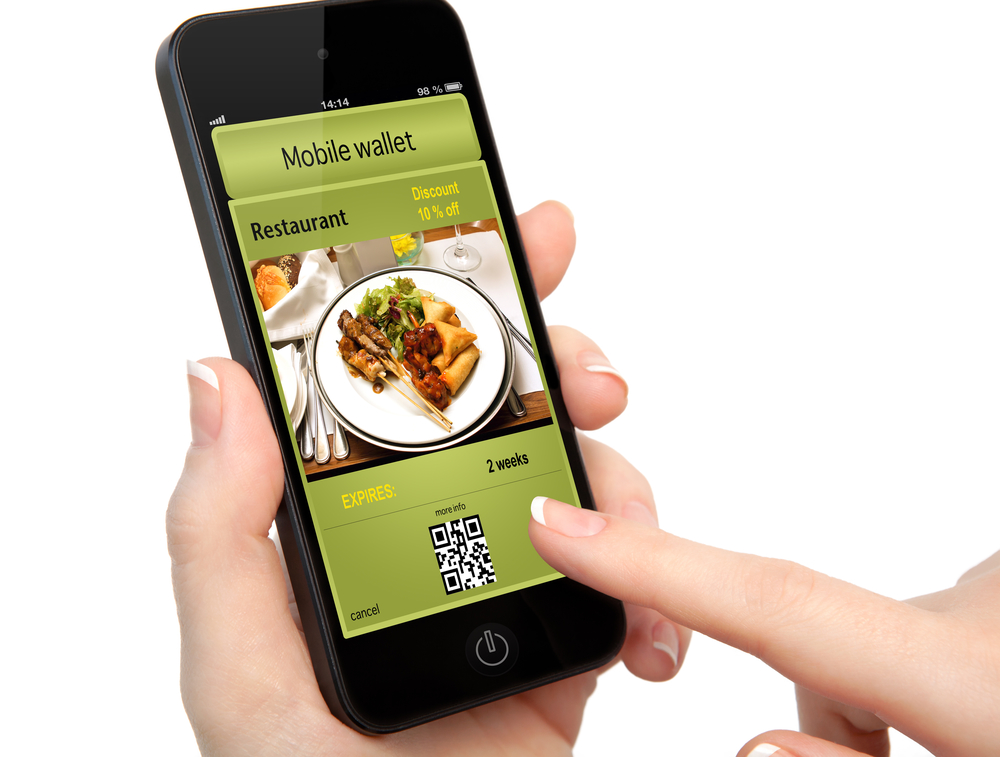The Gamification of Online Ordering: What You Need to Know
Many major restaurant chains in the past few years have been adding an element of fun and games to their mobile apps and websites. Rather than offering customers a minuscule chance at a major sweepstakes prize, they are presenting them with the opportunity to earn discounts and free food through game play.
This “gamification” of the food service industry has only just begun to work its way into mass- marketing campaigns and smartphones of customers who patronize places like Domino’s Pizza, Taco Bell, and Subway. Gamification is the future of marketing and customer retention, and it is still largely in its infancy for widespread adoption by consumers. The good news is you do not need a multinational conglomerate to “gamify” your own restaurant online ordering system or mobile app. Read on to learn more about gamification and how can it benefit your business via online ordering.
What is Gamification?

RetailDive defines gamification as “the practice of combining elements of play and common game mechanics like points, badges and other incentives in non-traditional contexts to affect behavior.”
When implemented correctly, gamification is a subtle, yet entertaining, way to engage your local community and consumers who visit your restaurant, website and mobile app on a regular basis. Participation by customers is encouraged via discounts, promotions, free menu items, merchandise or anything else that you are sure your target market would love.
There are costs associated with gamifying your marketing and promotions. But, the increased site traffic and online orders you will experience will more than compensate for any initial investment in your gamification campaign. All that remains is to plan out your gamification strategy and execute it. Here are some tips on how to gamify effectively.
1. Know What Your Customers Want
When you’re developing an incentive program, you need to appeal to both your target customer base and your existing customer base by offering the right incentives and the types of games that will draw their attention.
For example, millennials and Generation X customers are not going to enjoy the same type of game, especially given the vast difference in the available games played by both generations in their adolescent years.
Another example of this issue would be implementing trivia questions to accrue points towards promotion and discounts. You need to ensure you are asking questions your target demographic would be familiar with. If you have a broad demographic that frequents your establishment, you need to have a broader list of topics that everyone would have a shot at answering.
2. Learn About What is Already Working
Check out gamification apps and programs that are already in use by your competition. Look at the incentives they offer and how they incentivize customers to spend with them over others. A winning concept is a winning concept regardless of who developed it first. As long as you do not violate intellectual property or copyright laws everything is fair game.
3. Decide on Incentives

Pick which items you can afford or are willing to use as giveaways for your game. Sample appetizers, snacks, discount codes, and similar options are all great ideas that will keep most customers playing and coming back to you for their online orders and dining out experiences.
4. Keep It Simple, Silly
Keep your game and its rules simple. Too much complexity overwhelms users and potential customers and will cause many to quit and move on to something else. Short, easy games that provide rewarding experiences work best. Keep the amount of time needed to play as brief as possible for the best results.
5. Deadlines Are Critical
Gamification works best when there is a sense of urgency associated with playing. If a customer wins or earns a promotional discount or free item, set an expiration date on the offer. This drives them to your website or restaurant sooner rather than later to take advantage of their prize before it expires. It is a great way to boost foot traffic and online traffic simultaneously.
6. Set Goals to Measure Success
The only way to know if your gamification marketing plan is effective is to set goals and benchmarks for your program. Make it something achievable and measurable like an increase in revenue and online order traffic. You may also want to track how many users are downloading your mobile app pre-and-post gamification, as it is a good indicator of how well your customers are taking to your gamified ordering and rewards program.
7. Embrace Your Gamification and its Evolution

Currently, there are hundreds of gamified marketing and promotion apps online that promote everything from skin creme to sneakers. They are proving to be good earners for their creators in terms of encouraging engagement and attracting new business. For your program to stay effective, though, it will have to change and evolve over time to keep your customers engaged and interested. Embrace that change. Gamifying your online ordering and customer interactions may be the most successful promotion of your business yet.
If you have questions about initiating gamification at your restaurant, contact Orders2Me today.
